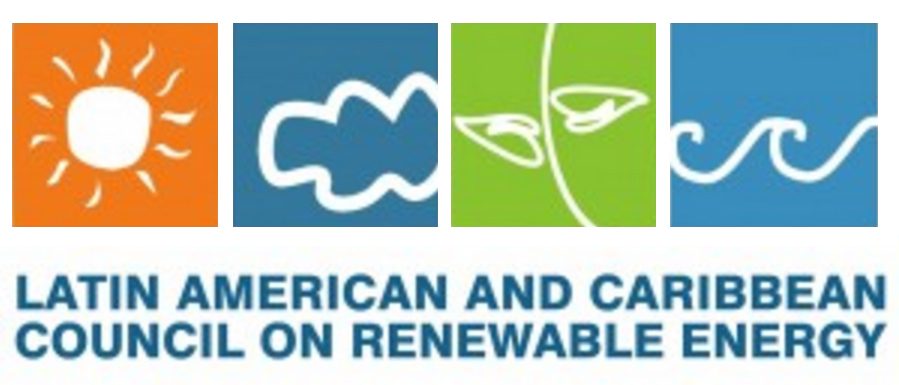The need for an Infrastructure Sustainability Committee within LAC-CORE
LAC-CORE supports the Institute for Sustainable Infrastructure (ISI) as an Envision Qualified Company – a member with an Envision Sustainability Professional (ENV SP) on staff. Mr. Carlos St. James, LAC-CORE Advisory Board member, is leading the effort to promote sustainable infrastructure for our organization. We thank Ms. Freyssinier for her help in launching this effort. Without her support it wouldn’t have been as successful.
An ENV SP is a strategic management consultant on sustainable infrastructure and is in a unique position to take on many roles – from project manager to professional facilitator – specializing in the sustainable development of complex, infrastructure projects that require multi-disciplinary teamwork.
Its role is to facilitate planning and design projects to enhance asset performance, specializing in the application of Envision design framework ideally from projects at the design stage.
Though the Sustainability Team, LAC-CORE will promote and encourage developers to implement all of the sustainability features targeted by Envision in their infrastructure projects, and be able to certified them as an “Envision Project”. The Sustainability Team also helps companies to pass the verification process and apply for an award. Companies can demonstrate their commitment to addressing climate change and sustainability, far beyond simply providing statements about it.
ISI has a single purpose: to assure the development of more sustainable infrastructure projects through a sustainability rating for all civil infrastructure. LAC-CORE is promoting the use of this relevant rating system exclusively to renewable energy-related projects in our region.
ISI was founded by the American Public Works Association (APWA), the American Society of Civil Engineers (ASCE), and the American Council of Engineering Companies (ACEC) and operates under their oversight. This state-of-the-art, holistic sustainability rating system and planning guide (called Envision) helps professionals plan and execute more sustainable infrastructure projects.
Envision was developed in joint collaboration between the Zofnass Program for Sustainable Infrastructure at the Harvard University Graduate School of Design and ISI.
The need for Envision
Consider the importance of infrastructure in our daily lives. Infrastructure provides the basis for personal security and public health, impacts the economic viability and competitiveness of our communities, moves people and goods, provides us with drinking water and handles our waste, creates spaces for us to enjoy, and allows us to effectively communicate with one another. However, despite the obvious need for infrastructure and the many benefits it provides, historically it is overlooked and underfunded until it breaks down or service is disrupted.
Infrastructure is at the heart of addressing this key challenge of the 21st century, and the standards and methods of the past will not be adequate to meet the needs of the future.
But how do infrastructure developers know whether their decisions are contributing to sustainability or not? How do they bring attention to the need for more sustainable infrastructure? How do they communicate around a shared understanding of what sustainability means? Envision provides a consistent, consensus-based framework for assessing sustainability and resilience in infrastructure. Envision:
- Sets the standard for what constitutes sustainable infrastructure;
- Incentivizes higher performance goals beyond minimum requirements;
- Gives recognition to projects that make significant contributions to sustainability; and
- Provides a common language for collaboration and clear communication both internally and externally.
Envision’s critical role in infrastructure sustainability
Envision is a framework that includes 64 sustainability and resilience indicators, called ‘credits’, organized around five categories:
- Quality of Life
- Leadership
- Resource Allocation
- Natural World, and
- Climate and Resilience
These collectively address areas of human well-being, mobility, community development, collaboration, planning, economy, materials, energy, water, sitting, conservation, ecology, emissions, and resilience. These indicators collectively become the foundation of what constitutes sustainability in infrastructure.
Each of the 64 credits has multiple levels of achievement representing the spectrum of possible performance goals from slightly improving beyond conventional practice, to conserving and restoring communities and environments. By assessing achievement in each of the 64 credits, project teams establish how well the project addresses the full range of sustainability indicators, and are challenged to pursue higher performance.
To join or for more information, please write info@lac-core.org.
